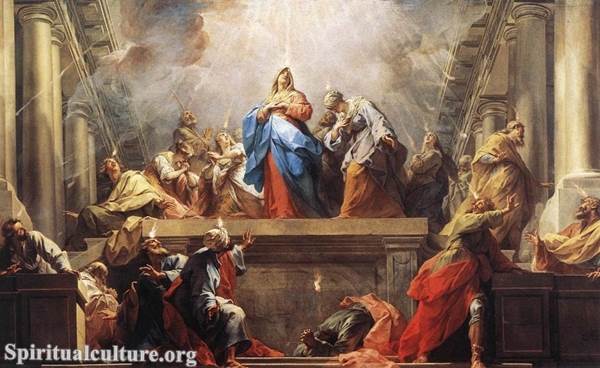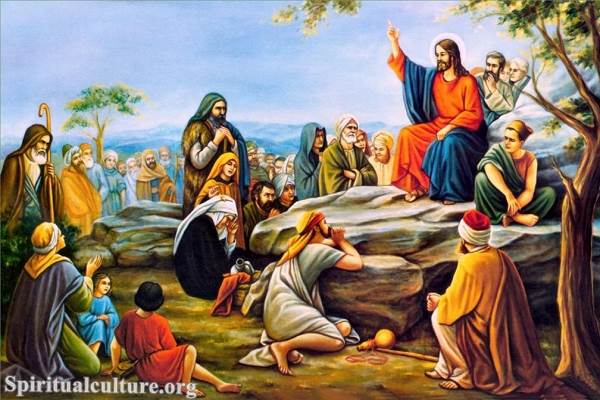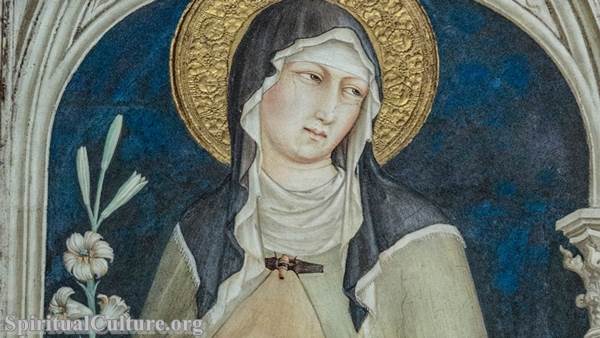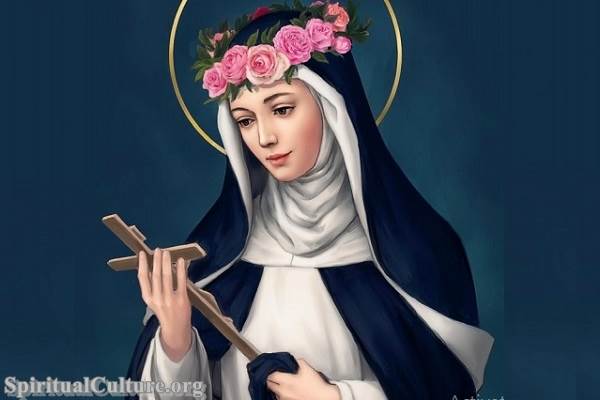Saint Patrick, or St. Patrick as he is commonly known, is a figure who has transcended the boundaries of Catholicism to become a global symbol of Irish culture and heritage. His legacy is celebrated by millions of people around the world every year on St. Patrick’s Day, March 17th. However, beyond the parades, green beer, and leprechauns, there lies a rich history of faith, perseverance, and dedication that is deeply rooted in Catholicism.
Saint Patrick was born in Britain in the late fourth century into a wealthy family. His father was a deacon, and his grandfather a priest, indicating that Catholicism was an integral part of his upbringing. However, his faith was truly tested when at the age of 16, he was kidnapped by Irish raiders and taken as a slave to Ireland.
Despite the hardship he faced, Patrick’s faith in God remained unshaken. He spent six years in slavery, during which he turned to prayer for solace. His prayers were eventually answered when he managed to escape his captors and make his way back to Britain. It was during his journey home that he experienced a spiritual awakening. He had a dream in which he heard a voice telling him that his ship was ready. Believing this to be a message from God, Patrick fled his master and found a ship that took him back to Britain.
Back home, Patrick felt a strong calling to return to Ireland and spread the teachings of Catholicism among the Irish people, who at the time were predominantly practicing Celtic polytheism. After studying for the priesthood, Patrick was ordained a bishop and sent by Pope Celestine I to evangelize the Irish.
Saint Patrick’s mission in Ireland was not an easy one. He faced opposition from the local druidic priests and was even arrested several times. However, his unwavering faith and determination allowed him to persevere. He used the three-leafed shamrock, a common plant in Ireland, to explain the concept of the Holy Trinity (Father, Son, and Holy Spirit) to the Irish people. This simple yet effective method of teaching helped convert many Irish to Catholicism.
Saint Patrick is credited with establishing monasteries, schools, and churches throughout Ireland, which played a significant role in the spread and establishment of Catholicism in the country. His efforts in evangelizing the Irish and his dedication to the Catholic faith have made him one of the most celebrated saints in the world.
St. Patrick’s influence on Catholicism is not confined to Ireland. His teachings and his life serve as an inspiration for Catholics around the world. His story is a testament to the power of faith and the strength of the human spirit in the face of adversity.
In conclusion, Saint Patrick’s legacy extends far beyond the annual celebration of St. Patrick’s Day. His life and work have had a profound impact on Catholicism and continue to inspire millions of people around the world. He is a symbol of faith, perseverance, and dedication to the Catholic faith. As we celebrate St. Patrick’s Day, let us remember the man behind the legend and the significant role he played in the spread of Catholicism.





